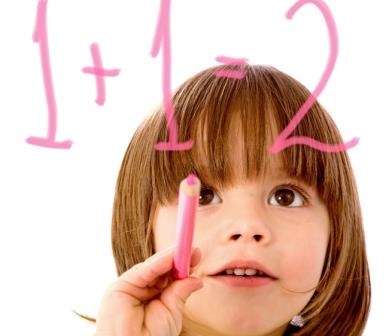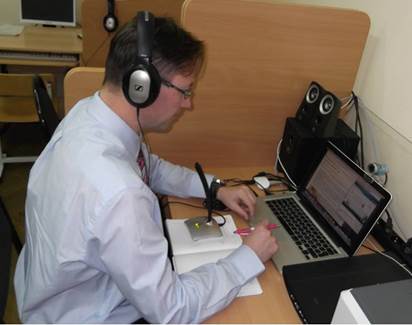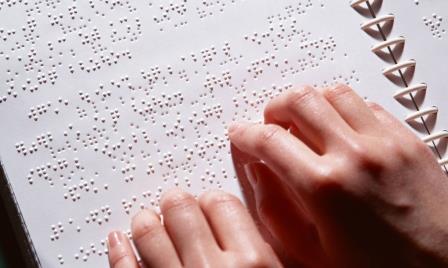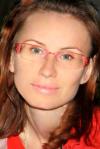References
1. Lubienski S. T., Lubienski S., Crane S. S. Achievement differences and school type: The role of school climate, teacher certification, and instruction // American Journal of Education. 2008. Vol. 115, № 1. P. 97‒138.
2. Lee J., Bowen N. K. Parent Involvement, Cultural Capital, and the Achievement Gap among Elementary School Children // American Educational Research Journal. 2006. Vol. 43, № 2. P. 193–218.
3. Bridge G., Wilson, D. Towards an interactive sociological rational choice approach to theorising class dimensions of school choice // Policy & Politics. 2015. Vol. 43, № 4. P. 493‒507.
4. Thompson R. Explaining inequality? Rational action theories of educational decision making // Access to Higher Education: Theoretical Perspectives and Contemporary Challenges. 2016. P. 67.
5. Breen R., Jonsson J. O. Inequality of opportunity in comparative perspective: Recent research on educational attainment and social mobility // Annu. Rev. Sociol. 2005. № 31. P. 223‒243.
6. Rivkin S. G., Hanushek E. A., Kain J. F. Teachers, schools, and academic achievement // Econometrica. 2005. Vol. 73, № 2. P. 417‒458.
7. Lupton R. Schools in disadvantaged areas: recognising context and raising quality // CASEpaper, CASE/76. Centre for Analysis of Social Exclusion, London School of Economics and Political Science. London, 2004.
8. Konstantinovskiy D. L., Vakhshtayn V. S., Kurakin D. Yu., Roshchina Ya. M. Dostupnost' kachestvennogo obshchego obrazovaniya v Rossii: vozmozhnosti i ogranicheniya // Voprosy obrazovaniya. 2006. № 2. S. 186‒202.
9. Matyushkina M. D., Belousov K. Yu. Sotsial'no-pedagogicheskiy portret vypusknika peterburgskoy shkoly. Funktsional'naya gramotnost' i gotovnost' k dal'neyshemu obrazovaniyu i professional'noy deyatel'nosti // ALMA MATER (Vestnik vysshey shkoly). 2015. № 11. S. 53‒57.














